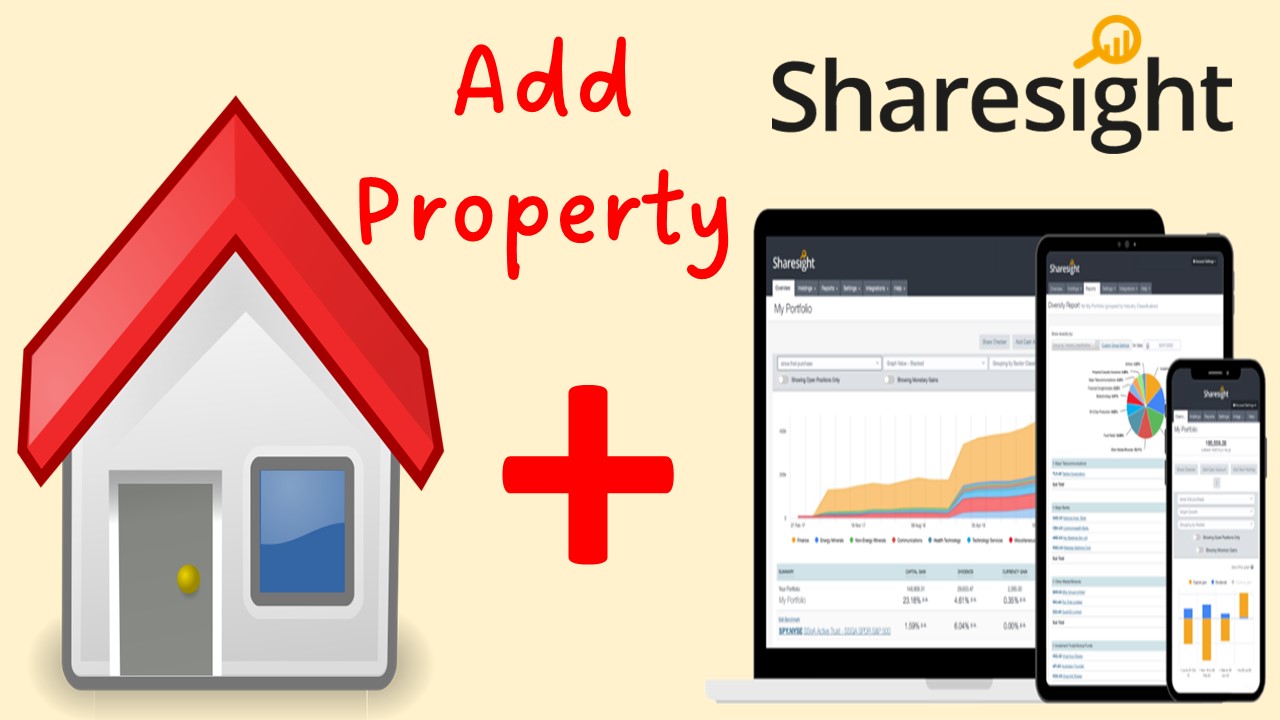How to Track Unlisted Property in Sharesight: A Step-by-Step Guide for Investors

Sharesight is a powerful tool for tracking listed investments, but did you know you can also use it to monitor unlisted assets like residential property? Whether you're a long-term property investor or just starting out, this guide will show you how to manually add a property to your portfolio, update its market value, and include rental income—all within Sharesight.
🔧 Step 1: Add a Custom Investment
To begin, go to your Sharesight portfolio dashboard and click “Add New Holding.”
Then select “Add a Manual Trade” and click “Add a Custom Investment.”
Fill in the following fields:
• Investment Code: Any identifier (e.g. “1”)
• Investment Name: Use the street address for clarity
• Investment Description: Select “Property Fund” (closest match)
• Country: Choose the property's location (e.g. Australia)
Click “Create Custom Investment” to proceed.
🧠 Tip: This setup helps you track performance alongside your listed assets for better diversification analysis.
📅 Step 2: Enter Purchase Details
On the next screen:
• Trade Date: Use your settlement date
• Trade Type: “Buy”
• Quantity: Typically “1” for a single property
• Unit Price: Full purchase price (include stamp duty if desired)
• Brokerage Fees: Optional field for transaction costs
• Currency: If applicable, Sharesight will auto-calculate FX impact
💡 You can include stamp duty and legal fees either in the unit price or brokerage field—both will affect your performance metrics.
📈 Step 3: Update Market Value Manually
To reflect changes in property value:
• Click “Enter Price” on the asset page
• Add the date and estimated market value
• Press “Save Price”
You can update this annually or use a real estate agent’s estimate for accuracy.
To modify past entries, use the “Manage Price” button.
💰 Step 4: Add Rental Income
Sharesight doesn’t automatically track rental income, but you can manually add it:
• Click “Enter a Dividend” on the custom asset
• Add rental income (monthly, quarterly, or annually)
• Select “Not Taxable” to exclude it from tax reports
⚠️ Negative income (e.g. interest expenses) can’t be entered, so if your property is cashflow negative, consider leaving it at zero.
📊 Tracking net rental income helps you calculate total return—capital gains + income—which gives a more accurate picture of performance.
📌 Why Track Property in Sharesight?
✅ Consolidate all assets in one dashboard
✅ Visualize diversification and risk profile
✅ Track total return including income
✅ Prepare for tax time with CGT and income reports
🎁 Get 4 Months Free on Sharesight
If you're ready to start tracking your property and other investments, use my affiliate link to get your first 4 months free
📺 Watch Step-by-Step Video Now
📝 Read Next
Want to learn more about Sharesight? Check out these tutorials:
